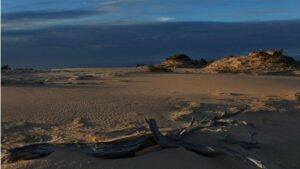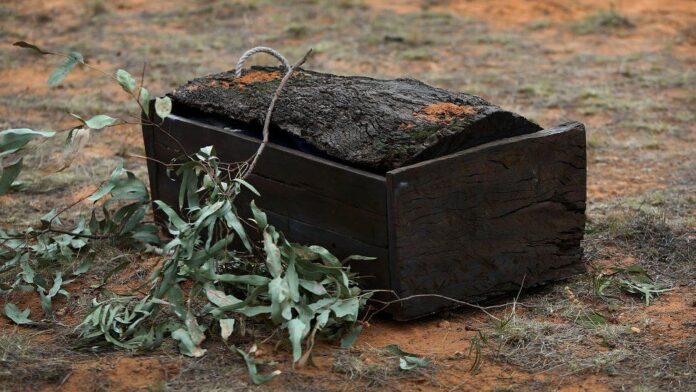The remains of 108 Aboriginal people who died about 42,000 years ago will be reburied in outback Australia, years after they were first dug up without permission.
These incorporate the remains of Mungo Man, which was broadly found in 1974 and made a difference rework Australia’s history. The choice comes after the government finished a four-year-long formal appraisal of approximately the reburial. But a few innate bunches claim they were not counselled in this process.
Between 1960 and 1980, there was a whirlwind of archaeological finds. During this time, analysts found the remains of 108 Native people in Lake Mungo and Willandra Lakes, a portion of the Willandra world legacy range almost 750km (470 miles) west of Sydney, counting the remains of a native man that was named Mungo Man.
His remains were the most seasoned proof of people living in Australia and the proof of, to begin with, recorded ceremonial burial, a sign that there had been a long history of civilisation as early as 42,000 long times ago. This record was afterwards broken when another 65,000-year-old location was found in other parts of the nation in 2017.

Be that as it may, long term of the 108 antiquated people’s remains is still a matter of debate. Campaigners say numerous remains removed without authorization are however to be returned, with a few housed in historical centres abroad.
Within the case of Mungo Man, innate Australians said the expulsion of his remains caused great pain. Reflecting the affectability around this issue, Mungo Man was at last returned to where it was found in the, to begin with, put, Mungo National Stop in 2017 after being kept at a capacity of Australian National College in Canberra.
But in 2018 the Australian government chose to rebury all 108 remains – in what they portrayed as an exertion to oblige the wishes of Native groups. On Wednesday, the Australian government has, at last, affirmed the reburial of the remains, which can be buried at 26 anonymous locations in national parks in coming months. “Forty-two thousand a long time prior Native individuals were living – and flourishing – on the edge of what was at that point a wealthy lakeside. Within the final four





